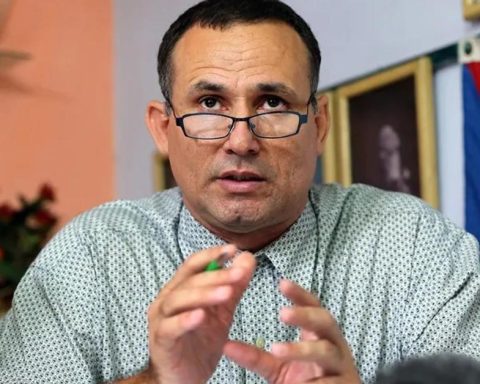The National Institute of Statistics published last week the working document “Aging in Chile: evolution, characteristics of the elderly and demographic challenges for the population”revealing disturbing projections in relation to the demographic transition in Chile.
According to the report, by 2035 life expectancy at birth will be greater than 85 years. Furthermore, in almost all regions of the country, the population over 60 years of age outnumbers those under 15 years of age.
Knowing the demographic indicators is essential for planning public policies in the areas of health, social security, housing and, in general, social policies. So the question arises, Will the Chile of the year 2050 be prepared for almost a third -32.1%- of the population to be over 60 years old?
the speech therapist Jorge Valdesdirector of the Diploma in Speech-Language Neurorehabilitation in Adults at San Sebastián University, explains how ways of aging are projected and how successful aging can be encouraged and unhealthy one prevented.
Valdés mentions that achieving successful aging is not achieved by worrying from the fifth or sixth decade, but should be encouraged from an early age. “It is essential to have a high level of education or to carry out activities that imply a cognitive demand, to learn to do new things”He says.
It is also suggested to perform physical activity from an early stage, have a good diet and maintain social and recreational activities. There are public policies for the timely diagnosis and treatment of diseases that can cause fragile aging, to which all people have access, whether they are from the public or private system.
For example, there is guaranteed access to dental health at age 65; or the More Self-Reliant Older Adult Program, which seeks to prevent deterioration through the intervention of a team of professionals who address different aspects involved in the functional condition of the elderly. The GES also covers dementia processes, preventive exams such as prostate, among others.
“As a country we are at a fundamental point, since we must not only have public policies that increase life expectancy, but we must ensure a good quality, and to achieve this, intersectoral work is required. incorporating multiple ministries, supported by public and private devices”Valdes says.
Caroline VelascoDirector of Studies at IPSUSShighlights the importance of prior care, since the data show that, “The elderly are between 4.2 and 7 times more likely to report some chronic condition than those under 60 years of age, and more than three times more likely to report having some difficulty in daily life, according to CASEN data.”
In this sense, Velasco points out that “The health system has a challenge with this group, who mention having problems accessing the system, such as getting to the consultation, which makes timely care difficult”.
And adds that “There must be an adaptation to address the needs of older adults, both in terms of care, to consider remote or home care, and methods of contact with the elderly, to facilitate access and continuity of treatment.”


















